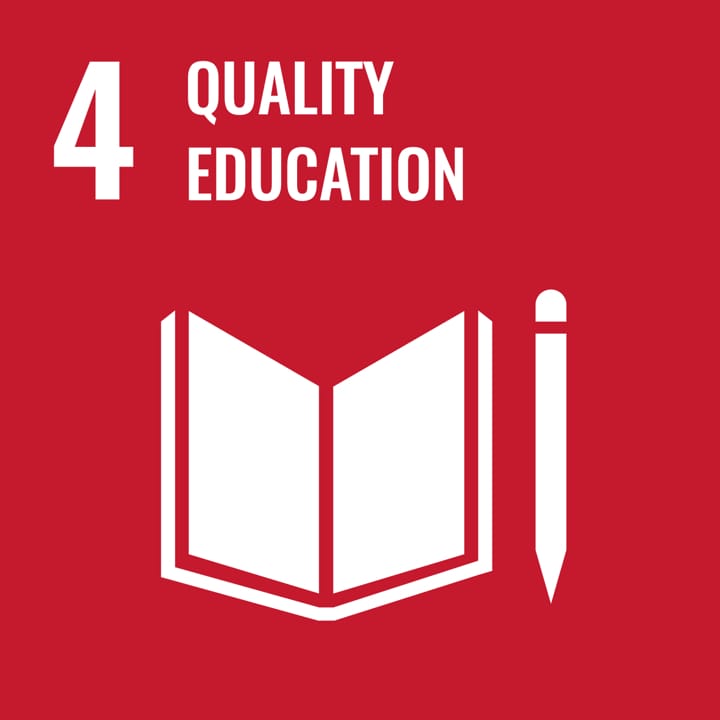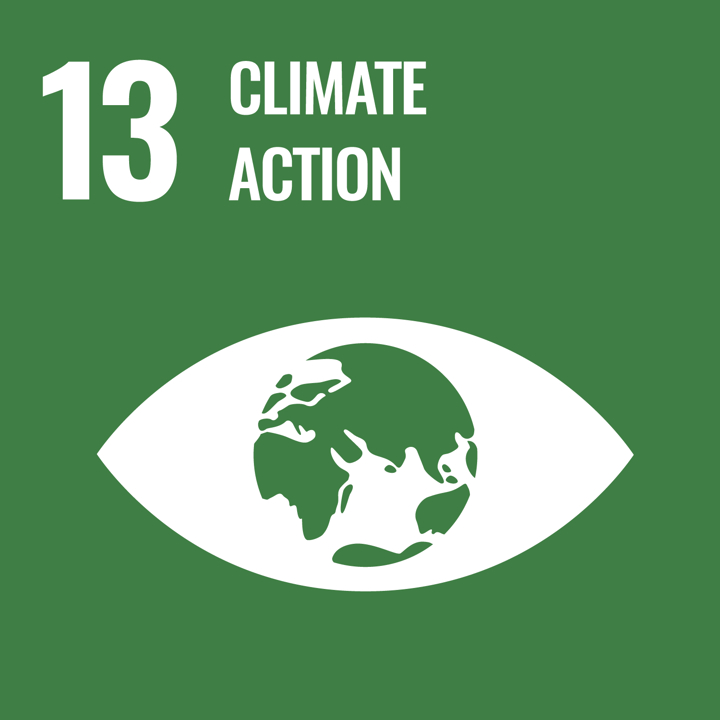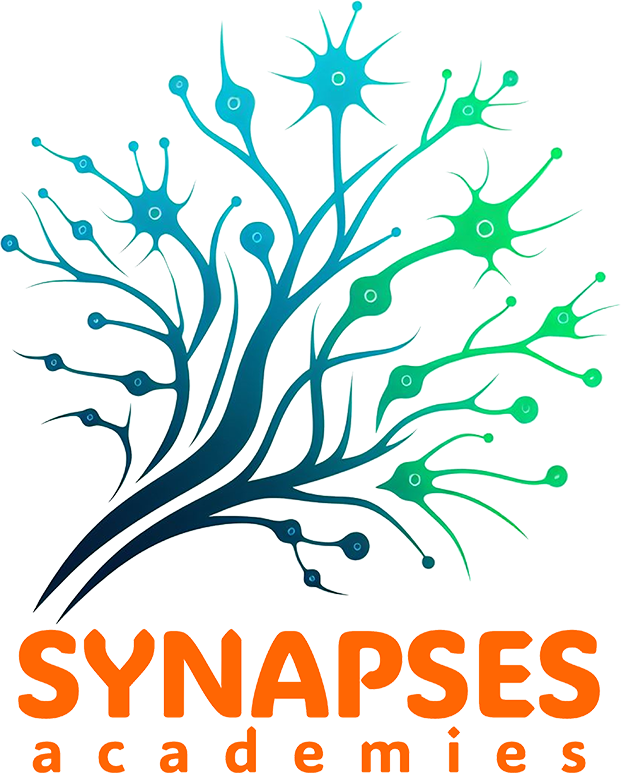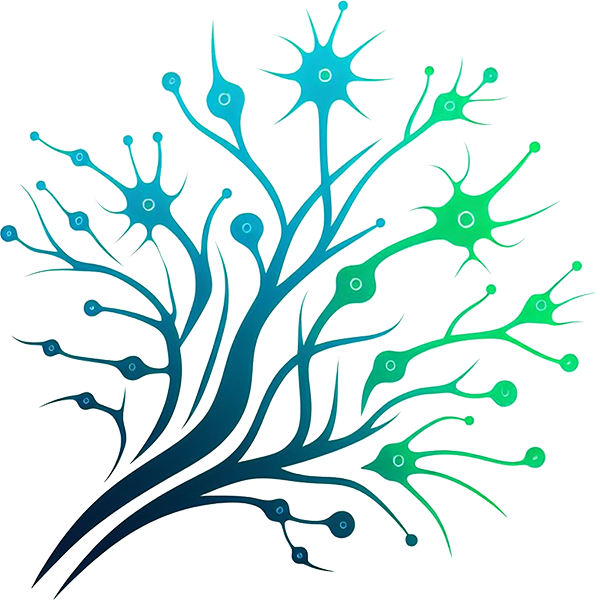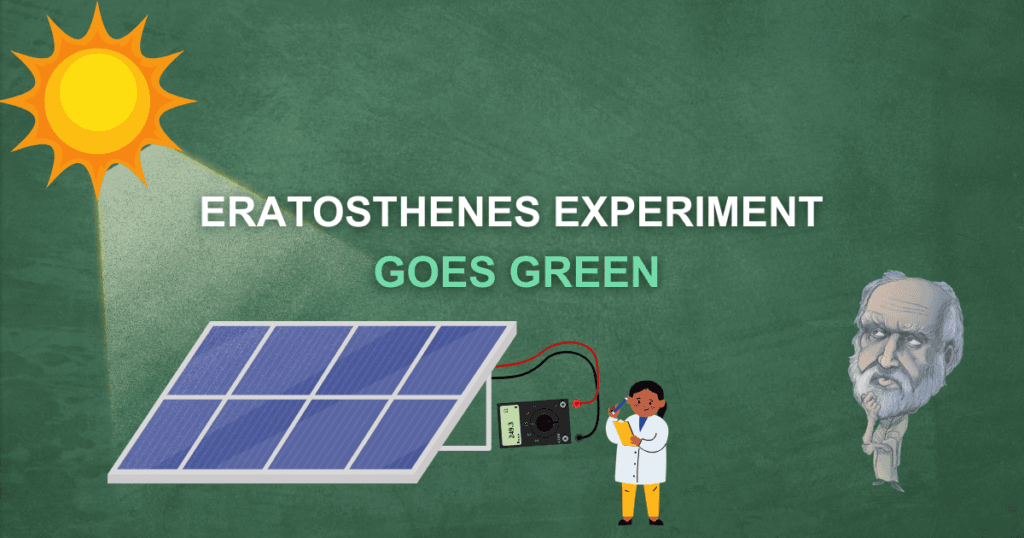
Zamýšlený koncový uživatel: Učitel, pedagogický pracovník
Věková skupina: Nižší sekundární stupeň; vyšší sekundární stupeň
Školní osnovy: Maths; Science; Social & Environment Science; Languages; Applied Science
Témata a náměty: Energy Use and Production; Collective Action; Environmental Change; Futures Thinking; Information & Knowledge; Pedagogy Approaches
Doba trvání: Approximately 4 teaching hours
Typ zdroje: Experiment, Lesson Plans
Klíčová slova: Solar Panels, Equinox, Energy, Latitude, Sustainability
Jazyky: English, Greek
Popis
Over 2,400 years ago, Eratosthenes measured Earth’s circumference using geometry, shadows, and observations. Today, students replicate this method by using solar panels to measure the Sun’s angle at noon, optimizing panel tilt for maximum solar efficiency. This activity combines geography, physics, and sustainability while fostering teamwork and critical thinking. Through data collection and analysis, participants explore Earth’s curvature, solar energy principles, and their practical applications.
The activity encourages critical thinking about renewable energy and human impact on Earth’s climate. Students use real-world tools like multimeters and collaborate to calculate results. This engaging experience supports the development of scientific literacy and environmental awareness.
Jak používat tento zdroj
In this activity, the teacher begins by introducing students to Eratosthenes’ experiment, explaining how he measured the Earth’s circumference using shadows and geometry. Next, the teacher provides a brief overview of how solar panels work, focusing on how sunlight is converted into electrical energy.
In the following lesson, which should be scheduled during the equinox, students use a solar panel and a multimeter to measure the panel’s voltage and current. Through hands-on experimentation, they explore how different panel inclinations affect solar power output, discovering the relationship between solar angles, energy efficiency, and the Earth’s latitude.
The activity concludes with a reflection and discussion about the findings, supported by worksheets and a short assessment to consolidate learning.
Zdroje
You will find the Eratosthenes Goes Green experience here:
Výsledky učení
- Použít řadu vhodných nástrojů a rámců na podporu udržitelného občanství studentů.
- Společně syntetizovat znalosti, nástroje a rámce pro tvorbu vzdělávacích materiálů a plánů výuky přizpůsobených místnímu kontextu.
- Vypracovat a uplatňovat kritéria hodnocení pro hodnocení občanství udržitelného rozvoje u studentů.
- Prostřednictvím workshopů a komunit praxe budujte kapacitu a agenturu jako učitelé a vedoucí pracovníci v oblasti udržitelného občanství.
Zelené kompetence
- Přijetí složitosti v oblasti udržitelnosti: Systémové myšlení; kritické myšlení; rámcování problémů
- Představy o udržitelné budoucnosti: Přizpůsobivost; průzkumné myšlení
- Jednání pro udržitelnost: Kolektivní akce
Creative Commons

This resource has been created by Ellinogermaniki Agogi and has been shared to SYNAPSES Academy under written permission.
Cíle udržitelného rozvoje
